PDF-Close Reading and Far
Author : tatiana-dople | Published Date : 2016-06-04
Reaching Classroom Discussion Fostering a Vital Connection by Catherine Snow Graduate School of Education Harvard University Catherine Ox2019Connor School of Education
Presentation Embed Code
Download Presentation
Download Presentation The PPT/PDF document "Close Reading and Far" is the property of its rightful owner. Permission is granted to download and print the materials on this website for personal, non-commercial use only, and to display it on your personal computer provided you do not modify the materials and that you retain all copyright notices contained in the materials. By downloading content from our website, you accept the terms of this agreement.
Close Reading and Far: Transcript
Reaching Classroom Discussion
Fostering a Vital Connection
by
Catherine Snow
Graduate School of Education Harvard University
Catherine Ox2019Connor
School of Education Boston University
Septe. K57781577405734757737576025774057759576165769357737576025771857754577445734757616577255771757630573475764057740577255771757347576025771157711573475835358348573475774457754576025775457630577445819757347h58200582005734757754576305774057740576935775457 Ending the AIDS epidemic by 2030 is possible but only by closing the gap between people who have access to HIV prevention treatment care and support services and people who are being left behind Closing the gap means empowering and enabling all peop 1 716 60 382 16 73 18 18 20 25 D4110 98 91 58 10 45 14 29 D4111 47 279 241 170 22 92 12 32 D4112 315 851 213 428 121 276 37 80 D4117 947 2358 1105 1357 647 823 95 493 86 86 D4124 283 494 152 358 173 499 296 3471 35 35 D4125 381 754 74 304 17 140 83 O Timothy Shanahan. University of Illinois at Chicago. www.shanahanonliteracy.com. Common Core Standards. New standards are ambitious and are asking teachers to engage children in high level interpretation of challenging texts through close reading. (XCU) – Used for details, or extremely close shots.. Close-up (CU). – From about an inch ABOVE the head to the tops of the shoulders. Used for emotion. Used in dialogue. Television is a close-up medium.. Douglas Fisher. www.fisherandfrey.com. “Read . like a . detective. Write . like a reporter. .”. —David Coleman. Simply assigning hard books . w. ill not ensure that students. l. earn at high levels!. August 7, 2014. FI$Cal: Transparency. Accuracy. Integrity.. Month-End Close Walk-Thru – 07AUG2014. Team Introductions. 2. FI$Cal: Transparency. Accuracy. Integrity.. Month-End Close Walk-Thru panel:. Close Up is a non-profit, non-partisan organization that educates and inspires young people to become informed . and engaged citizens.. Since 1971, Close Up has partnered with schools across the country to bring over 750,000 students on our hands-on, educational programs in Washington, D.C.. Welcome!. Microsoft Dynamics GP. Standard. Year-End . Close . Procedures. Agenda. Install & Upgrade. Inventory Control. Receivables Management. Payables Management. Fixed Assets. Analytical Accounting. Close reading. Close reading is the skill of . analysing. and interpreting texts. . Text Types. Advertisement. Cartoon. Feature article. Letter of complaint. Novel. Press Release. Song lyrics. Autobiography. Sourcing (Stuff right there). -Date the document was created. -Author of document. This is a ticket for the opening of Carnegie Hall. Sourcing (Connecting source to history). -Author's perspective and how it influences the argument. KADO
CLEANING RECOMMENDATIONSWe r use oateroverode ith aasive ters.sed y proper trt is t vered t prodt waty. Refer to Wadits.CKWALLIGPANDimensions are nominal measurements only.
11065210
38518037056 All the Information you Need to Operate Safely in US Airspace, Fully Updated If you�re an aviator or aviation enthusiast, you cannot be caught with an out-of-date edition of the
FAR/AIM
. In today�s environment, there is no excuse for ignorance of the rules of the US airspace system. In the newest edition of the
FAR/AIM
, all regulations, procedures, and illustrations are brought up to date to reflect current FAA data. This handy reference book is an indispensable resource for members of the aviation community, as well as for aspiring pilots looking to get a solid background in the rules, requirements, and procedures of flight training. Not only does this manual present all the current FAA regulations, it also includes:A study guide for specific pilot training certifications and ratingsA pilot/controller glossaryStandard instrument proceduresParachute operationsAirworthiness standards for products and partsThe NASA Aviation Safety reporting formImportant FAA contact informationThis is the most complete guide to the rules of aviation available anywhere. Don�t take off without the
FAR/AIM
! FAR 15, and FAR 16.505. Office of Integrated Marketing. Introduction to the MAS Program. What is a Multiple Award Schedule?. Governmentwide contract vehicle for commercial products, services, and solutions.
Download Document
Here is the link to download the presentation.
"Close Reading and Far"The content belongs to its owner. You may download and print it for personal use, without modification, and keep all copyright notices. By downloading, you agree to these terms.
Related Documents

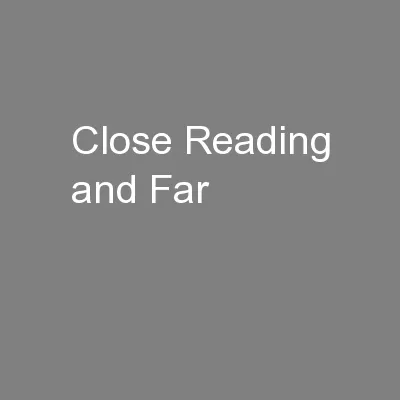

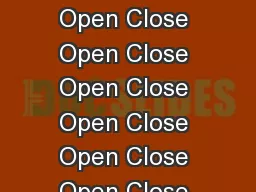
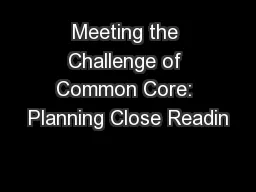
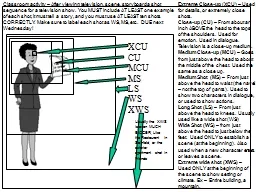
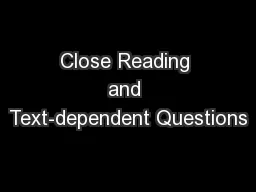



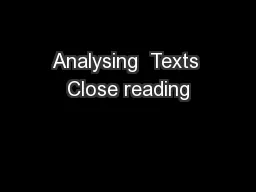


![[EPUB] - FAR/AIM 2020: Up-to-Date FAA Regulations / Aeronautical Information Manual (FAR/AIM](https://thumbs.docslides.com/902712/epub-far-aim-2020-up-to-date-faa-regulations-aeronautical-information-manual-far-aim-federal-aviation-regulations.jpg)
